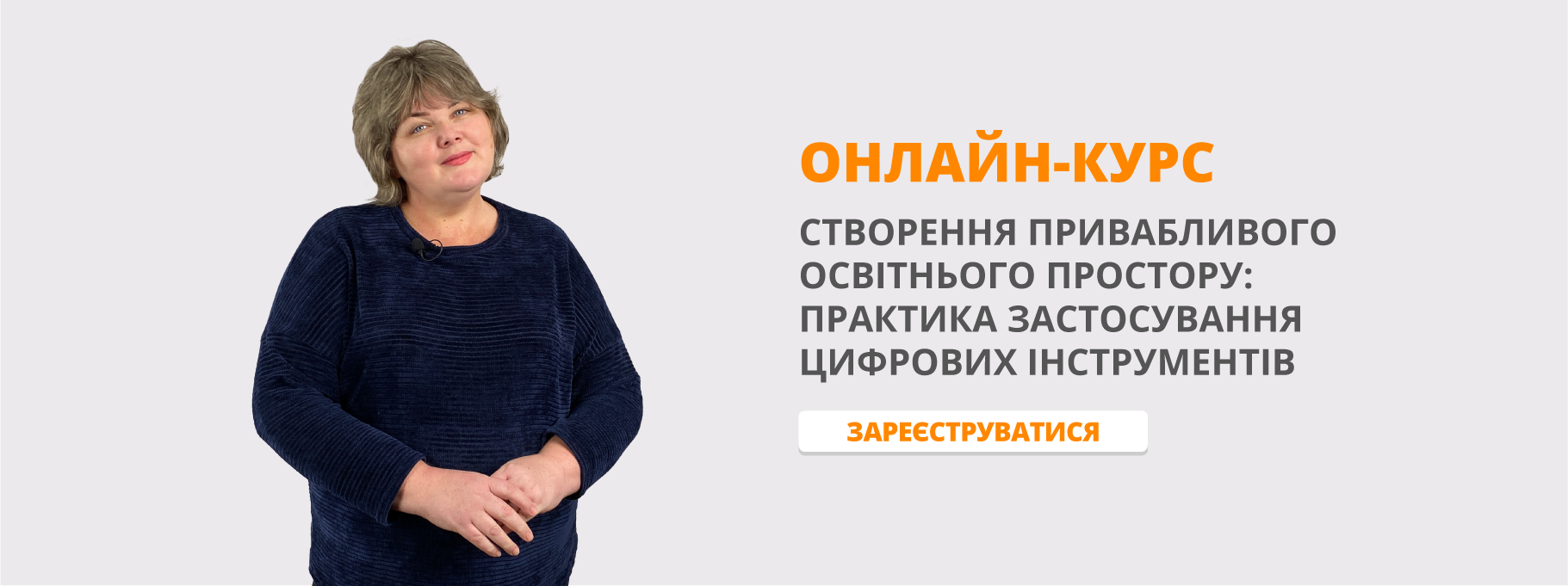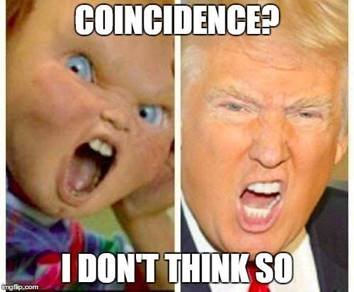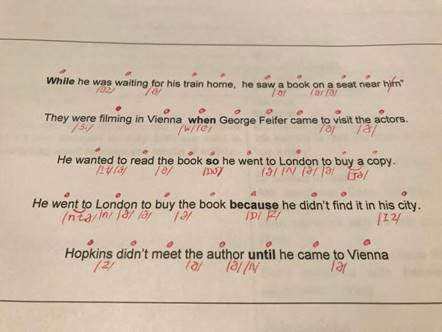Урок "Listening+Vocabulary", Pre-Intermediate
LESSON PLAN
COVER PAGE
|
Lesson Focus: Listening+Vocabulary |
Length: 60 min |
|
|
Lesson Aim By the end of the lesson, students will have improved at listening to a story for gist and detailed understanding in the context of extraordinary coincidence and will be better able to use subordinating conjunctions to tell a story in the past.
Subsidiary Aim To introduce and clarify selected vocabulary from the text Practice speaking for fluency
|
|
Materials
Recording 20, CD 1 and its script taken from Face2FaceStudent’s Book Pre-Intermediate Second Edition by Chris Redston&Gillie Cunningham, 2012, Cambridge University Press, p.154
Handout 1,3 Taken from Face2FaceStudent’s Book Pre-Intermediate Second Edition by Chris Redston&Gillie Cunningham, 2012, Cambridge University Press, p.19
Handout 2 Adapted from Face2FaceStudent’s Book Pre-Intermediate Second Edition by Chris Redston&Gillie Cunningham, 2012, Cambridge University Press, p.19
Handout 4 .Adapted from Face2FaceWorkbook Pre-Intermediate Second Edition by Chris |
|
Redston&Gillie Cunningham, 2012, Cambridge University Press, p.13
Handout 5 created
Slips with TL and model sentences, photos of famous actors |
|
Assumptions
The students will be familiar with form, meaning and pronunciation of past simple and past continuous |
|
White board plan: Draw the board as it will look at each stage of the lesson. |
|
Stage 1
|
|
Stage 2 A 1 B 5 C 6 D 7 E 3 F 4 G 2 H 8 |
|
|
|
Stage 6
|
||
|
Stage 7
1 so 2because 3while |
4 so 5when 6 when 7 when 8 until |
|
|
Time |
Interact ion |
Stage & Aim |
Procedure |
|
1 min
2 min
2 min |
T-Ss
S-S
T-Ss |
1 Lead-in To engage the students into the context of the lesson |
Show students meme. Ask them questions: “Do you know the person in the picture? What is it funny? What is the coincidence?” Elicit meaning of the word coincidence - a situation in which two very similar things happen at the same time but there is no reason for it. Put students in pairs. Set the task: “Tell your partner about any interesting or funny coincidence from his life. Tell if you think your partner’s situation is just a coincidence. You will have two minutes to share”
Conduct an open class content feedback. |
|
4 min
3 min
|
T-Ss
S
S-S
T-Ss |
2 Listening for gist To listen to the text for general comprehension |
Tell students they are going to listen to an interesting story about the actor Anthony Hopkins and one of his films. Chest handout, tell them to listen to the story and to put the events in the task in order. “Listen to the story about Anthony Hopkins and put the events in order while listening. Write the number next to the sentence”. Give Handout 1
After listening put students in pairs. Ask them to check in pairs. “Turn to your partner and compare your answers”.
Conduct an open class. Write answers on the board. |
|
2 min |
T-Ss |
3 Pre-teach blocking vocabulary To unblock words necessary to understand the text and complete the task |
Convey meaning through text (text-based presentation) “Anthony Hopkins got a part in a film called The Girl from Petrovka”.
Elicit meaning of the words asking question: “What do we call the words and actions of a character in a play or film?” Check understanding asking CCQs: Was Hopkins an actor in that film? (Yes) Did he play the main role in that film? (We don’t know, maybe)
Board the word and elicit features of phonology of the word partseparately and in connected speech, model and drill pronunciation ɑː he got a part in a film
Elicit the form of the word: Is it a noun or a verb? (noun) Can we say “many parts”? (Yes) So can we count it? (Yes) How to make it plural? (by adding -s) |
|
4 min
4 min |
T-Ss
S
S-S |
4 Listening for detailed understanding To listen to the text for deeper comprehension
|
Tell students they are going to listen to a story one more timeChest handout. Set the listening task: “Listen and this time write if the sentences in the task are True ☺ or False L”. Give Handout 2. Ask students not to unfold over handouts After listening put students in pairs. Ask them to check in pairs. “Turn to |
|
|
T-Ss |
|
your partner and compare your answers”.
Conduct an open class. Ask students to unfold handout to see the answers. |
|
5 min
|
T-Ss
S
S-S
T-Ss |
5 Guided discovery clarification of meaning To allow students to work out patterns of meaning for the TL |
Chest handout.Set the task: “Look at the sentences 1-6. Then fill the gaps in the rules with the words in bold. You will have 2 minutes” Give Handout 3 Put students in pairs: “Check your answers with your partner”
Conduct an open class. Put answers on the board in slips. |
|
10 min |
T-Ss |
6 Teacher-led clarification of meaning, form and pronunciation To clarify meaning, form and phonology of expressions of TL
|
Put the slips with parts of sentence on the board. “While he was waiting for his train home, he saw a book on a seat near him” “They were filming in Vienna when George Feifer came to visit the actors”
Elicit meaning asking: What do we use to connect actions that happened at the same time?
Check understanding by CCQs Did he start waiting for his train before he saw a book? (Yes) Did he finish waiting for his train when he saw the book? (No) Does one action happen in the middle of the other? (Yes) Do we use while to talk about action in progress or completed action? |
|
|
|
|
(action in progress) Did they start filming before Feifer came to visit them? (Yes) Did Feifer come to visit them at the time they were filming or after it? (at the time) Does one action happen in the middle of the other? (Yes) Do we use when to talk about action in progress or completed action? (completed action)
Elicit form of while and when: “Are these simple or complex sentences? (complex) “What connects these simple sentences? (while and when) “If we separate these sentences will they be complete?” (No) “Can we put sentences with while and when on the first or the second place?” (both) “When do we use comma with while and when and why?” (when they go first, right before main clause) “Do we use past simple or past continuous with while?” (past continuous) “Do we use past simple or past continuous with when?” (past simple)
Elicit and highlight features of phonology of TL and sentences on the board in red. Model and drill pronunciation.
|
|
|
|
|
Put the slips with parts of sentence on the board. “He wanted to read the book so he went to London to buy a copy” “He went to London to buy the book because he didn’t find it in his city”.
Elicit meaning asking questions: “What do we use to give a reason for something?” (because) What do we use to give a result of another action? (so)
Check understanding by CCQs : Do we know why he wanted to read it? (No) Do we know why he decided to buy a book? (Yes) Is his visit to London a reason or result of his wish to read the book? ( a result) Which happened first: he failed to find the boor or his visit to London? (he didn’t find the book in his city) Can we say that it explains why he went to London to buy it? (Yes)
Elicit form of so and because “Are these simple or complex sentences? (complex) |
|
|
|
|
“What connects these simple sentences? (so and because) “If we separate these sentences will they be complete?” (No) “Can we put sentence with because on the first place?” (Yes) “Can we put sentence with so on the first?” (No) “Do we use comma with so and because?” (No)
Elicit and highlight features of phonology of TL and sentences on the board in red. Model and drill pronunciation.
Elicit meaning asking: What do we use to tell that something didn’t happen before some time or event? Put the slips with parts of sentence on the board: “Hopkins didn’t meet the author until he came to Vienna”.
Check understanding by CCQs : Did they meet before? (No) So do these things happen at the same time or different? (at different time) What action happened first? (they didn’t meet) So what happened when author came to Vienna? (they first met) |
|
|
|
|
Do we use until to talk about action in progress or completed action? (completed action)
Elicit form of until: “Are these simple or complex sentences? (complex) “What connects these simple sentences? (until) “If we separate these sentences will they be complete?” (No) “Can we put sentence with until on the first place?” (Yes) “Do we use comma with until?” (No)
Elicit and highlight features of phonology of TL and sentences on the board in red. Model and drill pronunciation.
|
|
4 min
2 min
2 min |
T-Ss
S
S-S
T-Ss |
7 Controlled practice To practice accurate use of the TL, to focus on form |
Chest handout. Set the task: “Choose the correct word. You will have 3 minutes”. Give Handout 4.
Ask students to turn to each other and check the answers.
Conduct and open class feedback. Write answers on the board. |
|
1 min
4 min
|
T-Ss
S
|
8 Semi-controlled practice To practice accurate use of the TL in a more personalized way |
Chest Handout 5. Set the task: “Think of an interesting story that happened with your friend or someone you know. Finish these sentences to make a story. You will have 4 minutes to write it” Give Handout 5 |
|
5 min
5min |
S-S
T-Ss |
|
When everyone is ready ask students to turn to each other and to tell their stories.
Conduct and open class content feedback. Conduct and open class language feedback. |
Lead-in
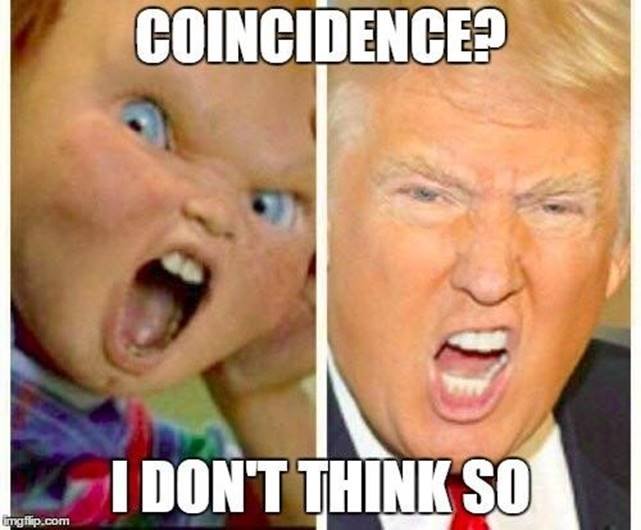
Handout 1
a) _____ Anthony Hopkins got a part in a film called The Girl from Petrovka.
b) _____ He found a copy of the book on a seat.
c) _____ He went to Vienna to make a film.
d) _____ He met George Feifer, the author of the book.
e) _____ He went to London to get a copy of the book.
f) _____ He went to the station to go home.
g) _____ He couldn’t find the book he wanted.
h) _____ The book was Feifer’s personal copy.
1. ☺ L He went to London to buy the book because it was cheaper.
2. ☺ L While Hopkins was waiting for his train home, he bought the book.
3. ☺ L They were filming in Vienna when George Feifer came to visit the actors.
4. ☺ L He wanted to read the book so he went to London to buy a copy.
5. ☺ L Hopkins didn’t meet the author until his visit to Vienna.
6. ☺ L The author lost his copy of the book so he was very upset.
1. L because he didn’t find it in his city.
2. L he saw a copy of the book on a seat.
3. ☺ 4. ☺
5. ☺
6. L the author’s friend lost his copy of the book so
©Taken from Face2FaceStudent’s Book Pre-Intermediate Second Edition by
Chris Redston&Gillie Cunningham, 2012, Cambridge University Press, p.19 Handout 1
We use ___________ to say something starts or stops at this time.
We use ___________ to give the reason for something.
We use ___________ to give the result of something.
We can use ___________ and ___________ for things that happen at the same time.
©Taken from Face2FaceStudent’s Book Pre-Intermediate Second Edition by
Chris Redston&Gillie Cunningham, 2012, Cambridge University Press, p.19 Handout 2
1. ☺ L He went to London to buy the book because it was cheaper.
2. ☺ L While Hopkins was waiting for his train home, he bought the book.
3. ☺ L They were filming in Vienna when George Feifer came to visit the actors.
4. ☺ L He wanted to read the book so he went to London to buy a copy.
5. ☺ L Hopkins didn’t meet the author until his visit to Vienna.
6. ☺ L The author lost his copy of the book so he was very upset.
Keys:
1. L because he didn’t find it in his city.
2. L he saw a copy of the book on a seat.
3. ☺ 4. ☺
5. ☺
6. L the author’s friend lost his copy of the book so
We use ___________ to say something starts or stops at this time.
We use ___________ to give the reason for something.
We use ___________ to give the result of something.
©Adapted from Face2FaceStudent’s Book Pre-Intermediate Second Edition by Chris Redston&Gillie Cunningham, 2012, Cambridge University Press, p.19
Handout 2
We can use ___________ and ___________ for things that happen at the same time.
© Adapted from Face2FaceStudent’s Book Pre-Intermediate Second Edition by Chris Redston&Gillie Cunningham, 2012, Cambridge University Press, p.19
Handout 3
We use ___________ to say something starts or stops at this time.
We use ___________ to give the reason for something.
We use ___________ to give the result of something.
We can use ___________ and ___________ for things that happen at the same time.
©Taken from Face2FaceStudent’s Book Pre-Intermediate Second Edition by Chris Redston&Gillie Cunningham, 2012, Cambridge University Press, p.19
Handout 4
1. Sophie wanted to meet someone because/so she joined a dating website.
2. Sophie emailed Neil because/so she thought he was interesting.
3. Sophie got an email when/while she was relaxing at home.
4. Neil liked Sophie because/so he sent her his mobile number.
5. Sophie texted Neil when/until her friend told her to do it.
6. Sophie was at a barbeque when/while she got a message from
Neil.
7. Sophie thought it was a coincidence when/while Neil said he was at a barbecue.
8. Sophie didn’t know that Neil was at the same barbeque when/until she sent him the second message.
©.Adapted from Face2Face Workbook Pre-Intermediate Second Edition by Chris
Redston&Gillie Cunningham, 2012, Cambridge University Press, p.13
Handout 5
Student A
It happened when my friend _____________ was on holiday.
While ______________________________, he/she_________________________________.
Because ________________________________, _______________________________.
The weather was great _________________________________________.
He/she didn’t _________________________ until ____________________________________________.
Student B
It happened when my friend _____________ was at work.
While ______________________________, he/she_________________________________.
Because ________________________________, _______________________________.
He/she was very busy ________________________________________.
He/she didn’t ___________________________ until ____________________________________________.
©.Created by Iryna Prysiazhniuk
Handout 5
Student C
It happened while my friend _____________ was walking in the part.
When __________________________________, he/she_________________________________.
Because ____________________________________, __________________________________.
The weather was great
_________________________________________________________.
He/she didn’t _________________________ until ____________________________________________.
©.Created by Iryna Prysiazhniuk
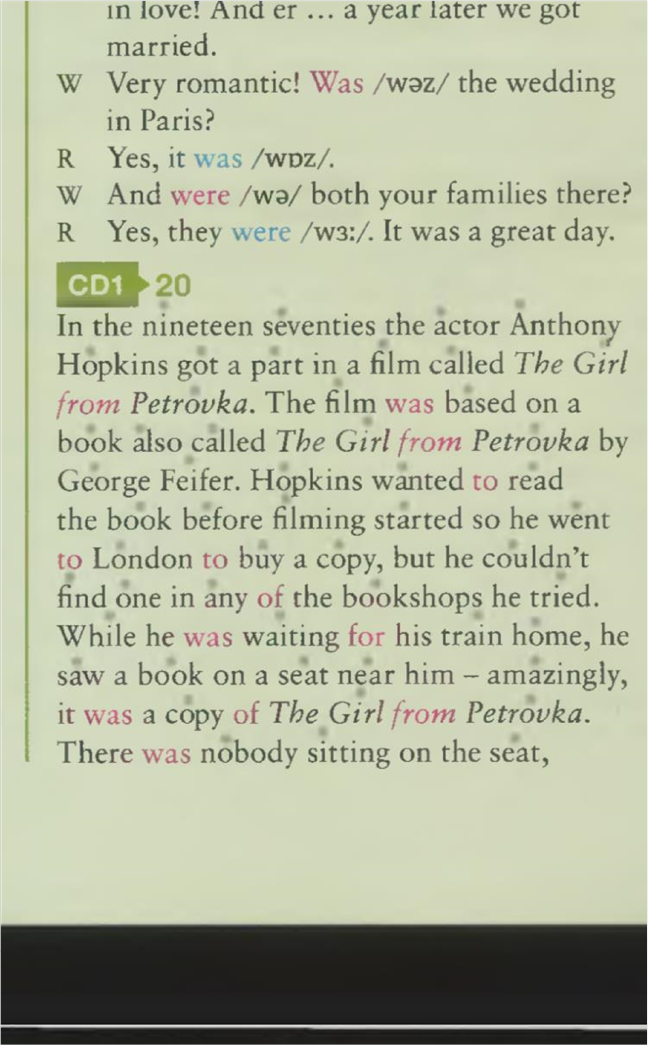 |
Script
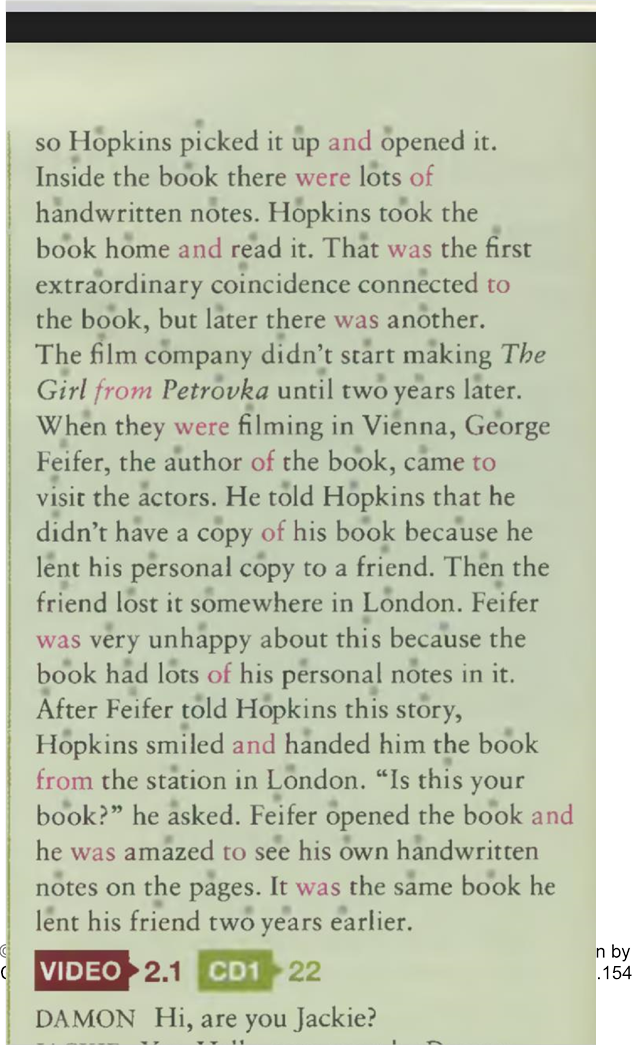 |
Script
SLIPS something starts or
stops at this time
reason result
things that happen at the same time
WHILE BECAUSE WHEN SO UNTIL
he was waiting for his train home he saw a book on a seat near him they were filming
in Vienna
George Feifer came to visit the actors
Hopkins didn’t
meet the author he came to
Vienna
he wanted to read
the book
he went to
London to buy a copy
he went to
London to buy the book
he didn’t find it in
his city


про публікацію авторської розробки
Додати розробку
